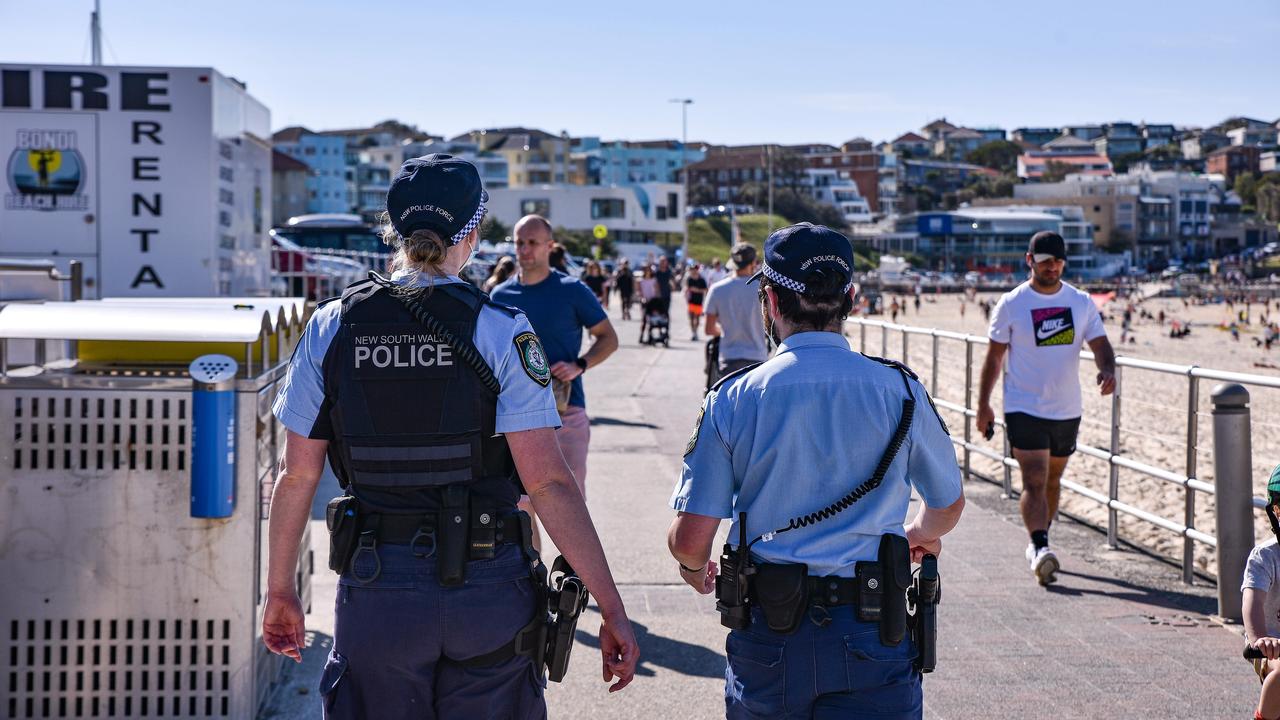Wivenhoe Dam release drained half of river
RELEASES of water from Brisbanes Wivenhoe Dam during the devastating January floods comprised more than half of the total flow volume in the lower Brisbane River, according to a new report.
RELEASES of water from Brisbane's Wivenhoe Dam during the devastating January floods comprised more than half of the total flow volume in the lower Brisbane River, according to a new report by the independent hydrological expert commissioned by the Floods Commission of Inquiry.
The report by Mark Babister states that its findings support recommendations that alternative (Wivenhoe Dam) gate operation strategies for flood mitigation should be reviewed for a full range of flood events. Mr Babister has previously highlighted flaws in the official manual for the operation of the dam.
The report states that complex hydraulic modelling highlight that for this event, earlier increases in releases from Wivenhoe Dam during 9 and 10 January could have reduced the eventual peak outflow and the resulting severity of flooding experienced downstream.
But the report, which does not criticise the dam operators, also stresses that with the information available during the operations of the dam and using the strategies defined by the manual, the flood engineers achieved close to the best possible mitigation result.
The report states: If full foreknowledge of the dam inflows is available, the dam releases can be optimised to reduce peak discharge from the dam.
Under this scenario, the peak outflow of Wivenhoe Dam is reduced (by about 40 per cent) from 7500 cubic metres a second to 4500 cubic metres a second.
It adds that such a scenario was implausible as it relies on using discretion to increase discharge from Wivenhoe Dam above allowable thresholds and would have relied on foreknowledge of the large second inflow peak into Wivenhoe Dam.
In the weeks after the flood the Wivenhoe Dams supply of water for drinking was drained to 75 per cent to give the dam more capacity in the event of a follow-up major rainfall event.
Mr Babister's report found that if Wivenhoe Dam had been at 75 per cent prior to the flood, either through policy or predicted rainfall conditions, there would have been a benefit in a reduction in total flood volume released from Wivenhoe Dam (about 11 per cent lower) and a reduction in the peak discharge from the dam from 7,500 cubic metres a second to 5,200 cumecs (about a 30 per cent reduction).
If gate operations were revised to take advantage of the additional storage available under such a scenario, it is expected that the benefits on flood levels would improve further although such scenarios have not been investigated here due to time constraints, the report states.
However, it adds: Care must be taken with interpreting these findings, which are based on a single large flood event, in relation to the effectiveness of the strategies in the manual for dealing with future events, some of which will be larger.
The report found that near the peak of the flood event at Jindalee, about 15 kmwest of Brisbane, the Wivenhoe Dams flows comprised about half of the total flow measured by gauging of about 10,000 cubic metres a second.
Mr Babister tested several different scenarios during a complex hydraulic modelling review and found that alternative operation of the Wivenhoe Dam could have taken almost a metre off the flooding at Moggill and Jindalee, and about half a metre off the flooding in Brisbane.
He found that the Wivenhoe Dam peak flows, at the confluence of the Brisbane River and Ipswich's Bremer River, occurred near simultaneously with Bremer River peak flows and that as a result there was significant backwatering of the Bremer River to a distance of about 15km upstream.
Ipswich flood behaviour is sensitive to backwater from Brisbane River flooding, caused by flows from either Wivenhoe Dam releases or other catchments below the dam. The exact additional flood height at Ipswich due to dam releases during the January 2011 event cannot however be ascertained with the current model
The Floods Inquiry's interim report to be released next week will include findings that the manual is not fit for purpose. The interim report is also expected to include criticism of the performance of senior bureaucrats, politicians and others involved in the management of Queensland's flood mitigation strategies.
One of the major criticisms of the Queensland Government and SEQWater after the flood has been that the dam's operators held too much water for too long until it was forced by continuing and heavy rainfall to release so much water suddenly that the flood became inevitable.



